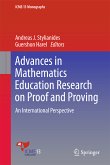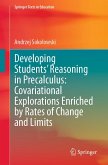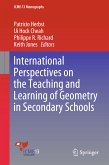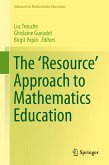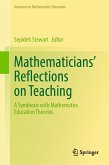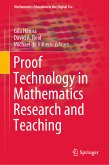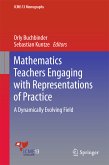This book is derived from selected papers from the Fourteenth International Congress on Mathematical Education Topic Study Group 12, Teaching and Learning Statistics. It describes recent research on curriculum, pedagogy and outreach initiatives from countries as diverse as Brazil, Chile, Columbia, Denmark, Germany, the Netherlands, Spain, Sweden, Thailand, Turkey, the United Kingdom, and the United States. The book has a focus on the use of data in the teaching and learning of statistics across grade levels and begins with an overview of the status of statistics education and the use of data from seven different countries across the continents and the link between research and practice in those countries. Because it contains specific examples of the research, for example, on the ways children learn, the choice and implementation of tasks, or the role of informal inference, the book will be a great resource to those interested and involved in the teaching of statistics, curriculum developers, and statistics education researchers.
Dieser Download kann aus rechtlichen Gründen nur mit Rechnungsadresse in A, B, BG, CY, CZ, D, DK, EW, E, FIN, F, GR, HR, H, IRL, I, LT, L, LR, M, NL, PL, P, R, S, SLO, SK ausgeliefert werden.



